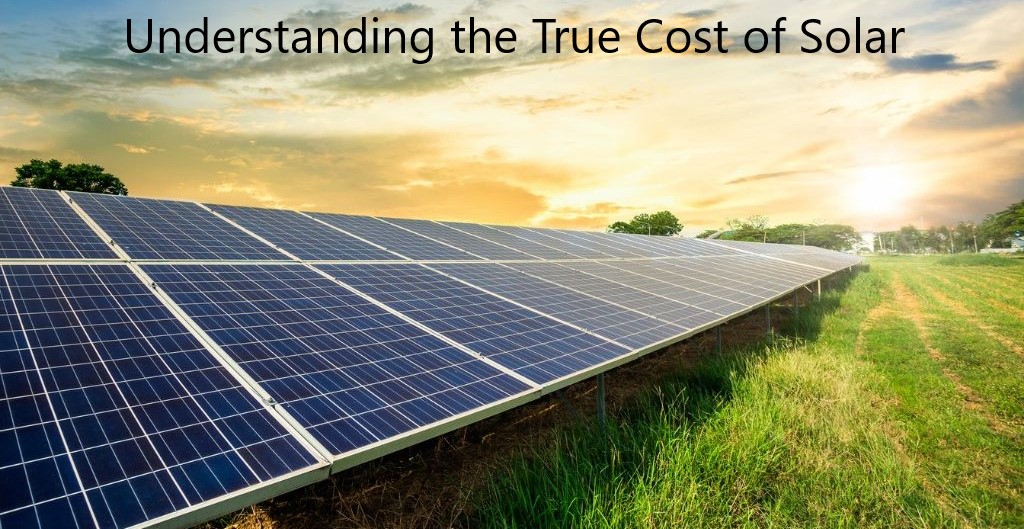Understanding the Variation in Solar Installation Costs
Recently, many clients have expressed concerns about the wide variation in the cost of solar installations and materials from different service providers. While these concerns are valid, it is important to understand that the cost of a solar system is not fixed, it varies significantly based on several technical and situational factors.
For instance, one installer may offer a 3.5kVA system for ₦4 million, while another offers a similar capacity for ₦2.5 million. The difference doesn’t necessarily indicate a discrepancy in value, but rather reflects the unique requirements and specifications of each installation. Below are the key factors that influence the cost of solar installations:
1. Sunlight Availability and Days of Autonomy
Solar potential varies by location. For example, according to the Global Solar Atlas:
- Benin City receives an average of 5 peak sun hours/day
- Gusau (Zamfara) receives about 7 peak sun hours/day
This means fewer panels are needed in Gusau to generate the same energy. For example, powering a particular load in Benin City might require 6 panels (550W each), while in Gusau, only 4 panels might suffice. This directly affects overall system size and cost.
2. Public Power Supply Availability (Grid Hours)
The number of hours you receive electricity from the grid (e.g., BEDC/NEPA) also affects your solar system’s design:
- If you have 6 hours of daily grid supply and 5 hours of sunlight, your system must provide backup for the remaining 13 hours
- Someone with 12 hours of daily grid supply will require fewer batteries for storage
More backup hours = more batteries = higher cost.
3. Client’s Load Profile
No two clients have the same energy needs. One customer may power only lights and a TV, while another includes air conditioners, boreholes, or refrigerators. Asking for an estimate based on apartment size (e.g., “2-bedroom inverter system”) is often misleading, as even a 1-bedroom apartment could have higher power demands than a 3-bedroom unit.
The actual load requirements must be evaluated to determine the appropriate system size and cost.
4. Battery Type and Capacity
Battery type and size significantly impact both the cost and performance of a system. Common types include:
- Tubular (Wet Cell)
- SMF (Dry Cell)
- Lithium-ion (Li-ion)
- Lithium Iron Phosphate (LiFePO₄)
Battery capacities also vary (e.g., 200Ah, 220Ah, 250Ah, up to 330Ah), and lithium batteries are usually rated in kWh. The type and size you choose will influence cost, lifespan, and depth of discharge.
5. Inverter Type
Different inverter types serve different needs:
- Hybrid inverters (with inbuilt charge controllers)
- Single-phase or three-phase
- Transformer-based or transformerless
The right choice depends on your load, available budget, and energy goals. Each option comes with its own cost implications and operational advantages.
6. Installation Height and Cable Requirements
Cable costs increase with the height of the building. A bungalow will need less cabling than a 3-storey building. Longer cable runs also increase voltage drop and require larger cable sizes, affecting overall material cost.
7. Earthing and Lightning Protection
Proper earthing is essential for system safety. Some clients opt out of installing an earth system or lightning arrestors to reduce upfront cost, but this exposes their systems to serious risks from fault current or lightning strikes. Including a robust earthing and protection setup is a responsible investment, even though it raises the initial installation cost.
8. Breakers and Surge Protection Systems
Not all installations include proper AC/DC breakers, surge arrestors, and other protective devices. Omitting these components may lower the cost but compromises safety and system durability. A well designed system includes all necessary protections and reflects a higher investment in reliability.
Conclusion
When planning your solar installation, don’t focus solely on cost, the cheapest option isn’t always the most cost effective in the long run. Instead, consider:
- What appliances you need to power
- How many hours of backup you require
- The quality and lifespan of materials being used
The cheapest installation today may cost you more in repairs and replacements down the line. An effective solar solution is one tailored to your actual needs, using high quality components, and installed with attention to safety and performance.

Leave a Reply